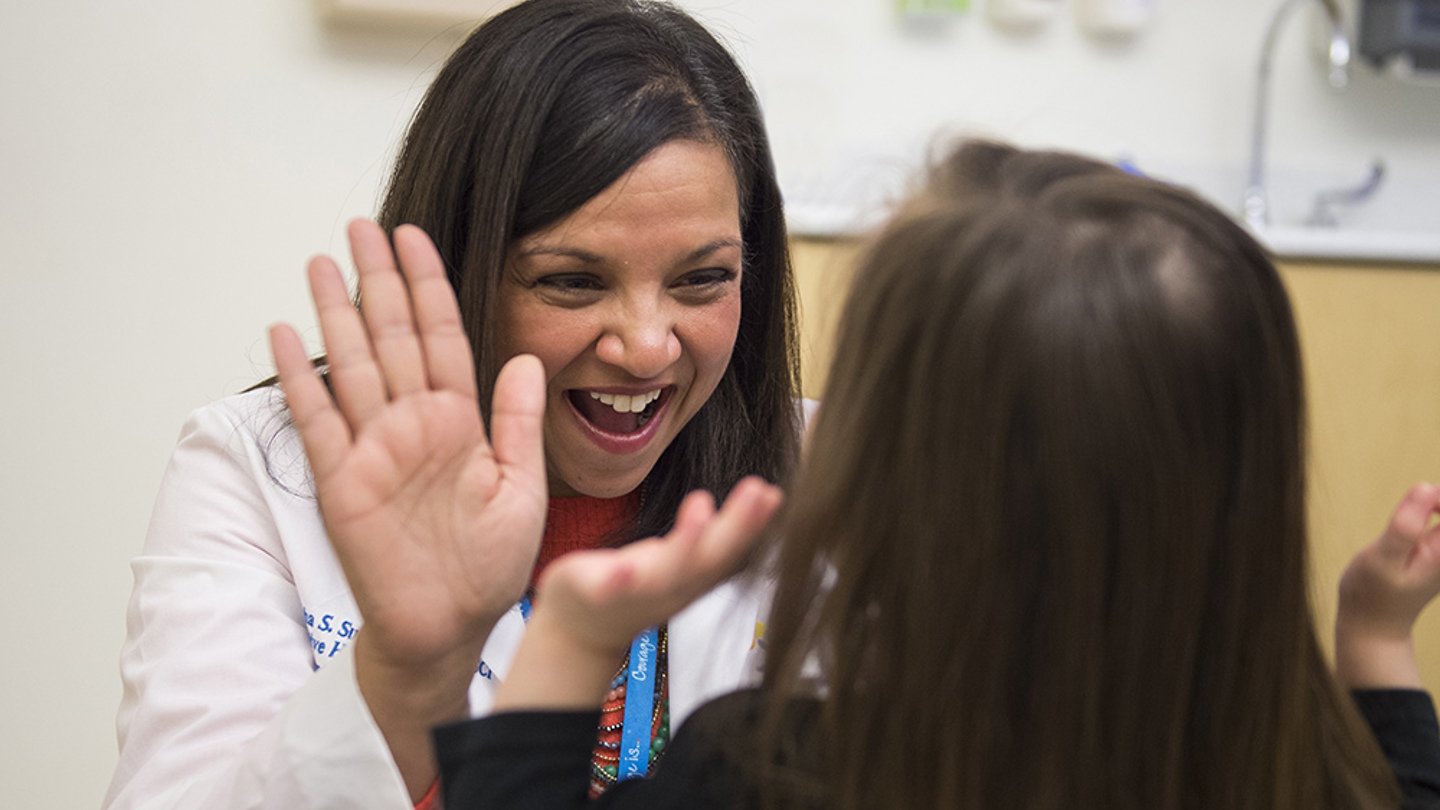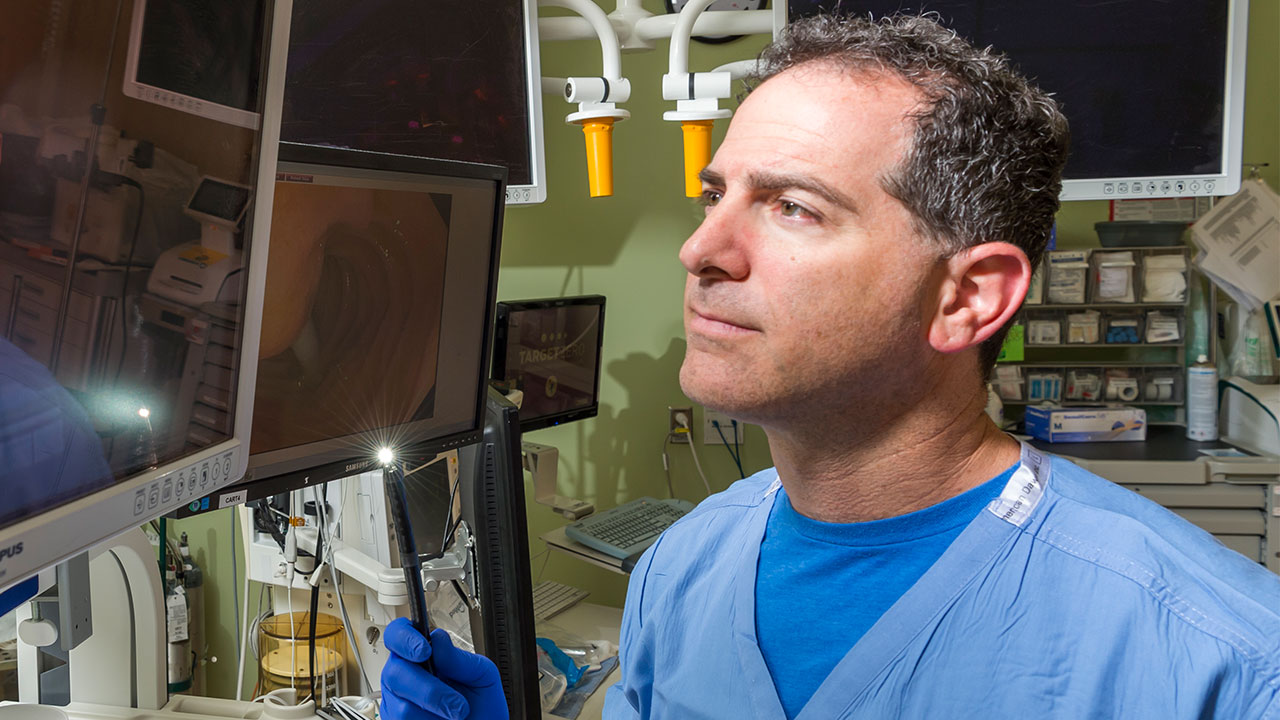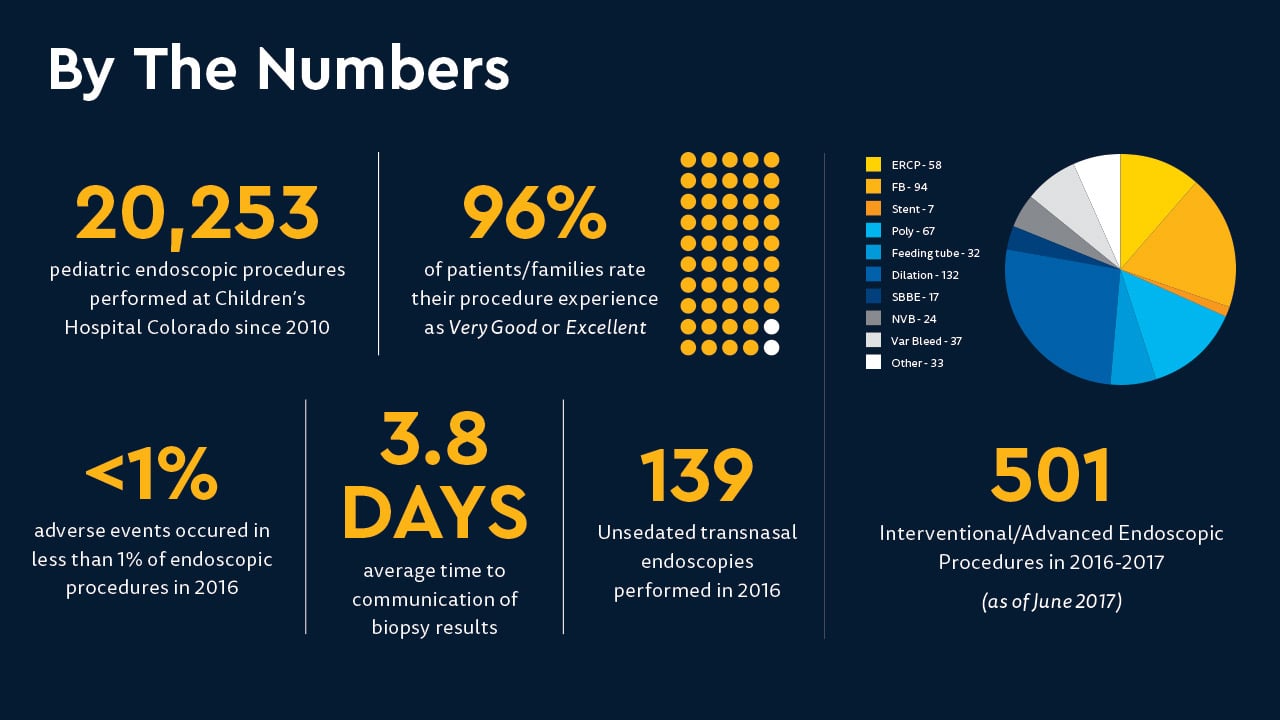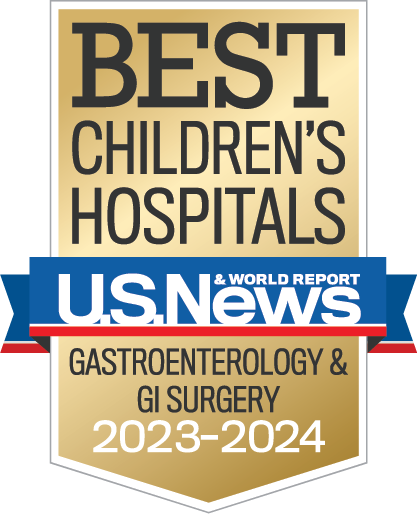- Doctors & Departments
-
Conditions & Advice
- Overview
- Conditions and Symptoms
- Symptom Checker
- Parent Resources
- The Connection Journey
- Calm A Crying Baby
- Sports Articles
- Dosage Tables
- Baby Guide
-
Your Visit
- Overview
- Prepare for Your Visit
- Your Overnight Stay
- Send a Cheer Card
- Family and Patient Resources
- Patient Cost Estimate
- Insurance and Financial Resources
- Online Bill Pay
- Medical Records
- Policies and Procedures
- We Ask Because We Care
Click to find the locations nearest youFind locations by region
See all locations -
Community
- Overview
- Addressing the Youth Mental Health Crisis
- Calendar of Events
- Child Health Advocacy
- Community Health
- Community Partners
- Corporate Relations
- Global Health
- Patient Advocacy
- Patient Stories
- Pediatric Affiliations
- Support Children’s Colorado
- Specialty Outreach Clinics
Your Support Matters
Upcoming Events
Mental Health Town Hall
Tuesday, April 23, 2024Join Children’s Hospital Colorado pediatric experts for a virtual...
-
Research & Innovation
- Overview
- Clinical Trials
- Q: Pediatric Health Advances
- Discoveries and Milestones
- Training and Internships
- Academic Affiliation
- Investigator Resources
- Funding Opportunities
- Center For Innovation
- Support Our Research
- Research Areas

It starts with a Q:
For the latest cutting-edge research, innovative collaborations and remarkable discoveries in child health, read stories from across all our areas of study in Q: Advances and Answers in Pediatric Health.



About advanced endoscopic procedures in children
The ability to perform endoscopic procedures in children and newborns is a tremendous tool that has advanced the practice of pediatric gastroenterology over the past three decades. Initially, these procedures were primarily used to assess and diagnose the severity of diseases of the upper and lower gastrointestinal tract in children.

As technology and expertise have increased over time, the ability to perform “therapeutic” endoscopic procedures in children (as well as adults) has grown. The opportunity to intervene and directly treat a variety of gastrointestinal problems has ushered in a new era in pediatric endoscopy.
The number of procedures, devices and techniques utilized continues to expand and requires a dedicated effort to offer the most advanced endoscopic care available. Therefore, interventional endoscopists, who have additional training and expertise in performing these advanced procedures, help provide the greatest degree of safety and expertise possible.
Why choose the Advanced and Therapeutic Endoscopy for Children (ATECh) Clinic at Children’s Hospital Colorado?
With the recognition that each and every procedure has its own benefits and risks, the Digestive Health Institute at Children’s Hospital Colorado has developed the ATECh clinic to ensure that patients and families have ample opportunity to examine these issues at length.
Since many times the physician or specialist recommending these advanced endoscopic procedures are not necessarily the ones actually performing the procedure, the ATECh clinic offers a venue for families to meet with an advanced interventional endoscopist prior to the procedure. The family is able to review the specifics of the procedure in a relaxed and unpressured environment, much in the way that patients and families would naturally expect to meet their surgeon before undergoing a surgery.

Digestive conditions we treat
- Gastrointestinal (GI) bleeding
- Small intestine inflammatory bowel disease
- Crohn’s disease
- Intestinal polyps
- Intestinal allergic reactions
- Gallstones in children
Video for patients: What's it like to get an endoscopy?
Video for patients: What to expect from a nasal endoscopy?
Services we offer
The number of advanced and therapeutic services offered through the ATECh clinic continues to increase, including many services that would otherwise require referral to an adult interventional gastroenterologist.
Please note that there are additional procedures performed within the Digestive Health Institute and through the ATECh Clinic not included here.
Some of the services available at the ATECh clinic include:
Endoscopic retrograde cholangiopancreatography (ERCP)
A specialized type of endoscopic procedure used to visualize the bile ducts, gallbladder and the pancreas. Currently, there are fewer than 20 pediatric gastroenterologists in the U.S. who perform these procedures.
ERCP procedures require the use of a specialized endoscope, with the camera and instruments located on the side of the endoscope tip, rather than the end, to allow better view and access to the entrance to the bile ducts, called the papilla. Once this “side-viewing” endoscope is positioned, small tubes (catheters) can be threaded though the scope and angled up into the bile ducts. Then, liquid contrast can be injected into the bile ducts and X-rays are taken to visualize these ducts to determine if there are any stones, narrowing or blockages of that need to be cleared. If so, there are a variety of interventions that can be performed to improve the flow of bile or pancreatic secretions into the intestine.
ERCP procedures take 45 to 90 minutes to complete. The specialists at Children’s Colorado have been performing ERCP for almost 20 years and typically perform 25 to 50 of these per year.
Single balloon small bowel enteroscopy
This advanced diagnostic procedure offers the ability to visualize the middle of the small intestine, an area not accessible with traditional upper or lower endoscopies. With the use of a longer, more flexible endoscope, coupled with a specialized “overtube” with a balloon at the end, the endoscopist is able to “inchworm” their way through the small intestine by repeated inflations and deflations of the balloon. If lesions are identified, they can then be removed, marked for surgeons to potentially remove at a later time or treated to stop bleeding.
Though the size of the scope may prohibit the use of this technique in infants, Children’s Colorado has performed single balloon small bowel enteroscopy in children as young as 3 years old, which is the youngest recorded case in the world.
The most common indications for this procedure include unidentified source of GI bleeding, suspected small intestine inflammatory bowel disease, Crohn’s disease, intestinal polyps and intestinal allergic reactions. Our center began performing these procedures in 2007 and typically performs 5-10 procedures per year.
Intestinal dilation
There are several conditions in which an area of the intestine is narrowed or blocked, causing pain or impairment in GI function. Endoscopy offers the capability to reach the area of obstruction and dilate or stretch the intestine and allow unimpeded flow.
The most common location of narrowing is the esophagus, usually due to an anomaly present at birth, inflammation from reflux, allergy or severe ingestion.
Dilations may be performed with either a balloon catheter, threaded through the scope and inflated at the site of narrowing, or a “bougie” (a long, tapered tube of varying sizes guided to the level of narrowing). If there is significant scar tissue present as a cause of the narrowing, repeated dilations may be required to keep the area open.
Procedures typically take 30-60 minutes, and our center performs 70-100 of these procedures per year.
Esophageal stent placement
In certain recurring cases that require repeated endoscopic dilations, an esophageal stent may be considered. A stent is an expandable tube that is placed at the level of narrowing to keep the area open. In this way, it performs continuous dilation of the area for up to several weeks, reducing the need for repeated endoscopic dilations. The size, length and position of the esophageal narrowing determine whether a patient is a good candidate for stenting.
In some cases multiple stents are used, gradually increasing in size to reach the desired dilation. Patients are typically hospitalized for 1-3 days following a stent placement to ensure that everything functions smoothly with the new stent and that they are able to eat appropriately. Procedures typically take 45-60 minutes and our center performs 2-5 stenting procedures per year.
Percutaneous endoscopic gastrostomy (PEG) placement
For some children with chronic feeding problems and poor growth or nutrition, feeding tubes for nutritional support may be needed. Typically this treatment is considered after there has been a trial of supplemental feedings through a nasogastric (NG) tube (a tube threaded through the nose down into the stomach) that has shown success.
Nasogastric tubes are not comfortable for patients and are not ideal for long-term use. As a result, we may consider placement of a more durable feeding tube that passes directly through the abdomen and into the stomach for patients with a continued need for nutritional support.
At Children’s Colorado, we offer both surgical placement and endoscopic placement. For patients with unusual abdominal anatomy, those who have had multiple abdominal surgeries or patients who require additional surgical procedures (such as anti-reflux surgery), placement of the feeding tube by a surgeon is typically the best option. Otherwise, placement by a gastroenterologist through an endoscopy procedure offers the advantage of being less invasive with less recovery time. The advantages and disadvantages to both types of procedures are discussed with patients and families in the ATECh clinic.
At the conclusion of this procedure, the child is left with a longer gastrostomy tube (about 6-inches) that “dangles.” Patients typically stay at least overnight after this procedure to ensure that they are tolerating feedings though the tube and are not developing any complications. After 6-12 weeks, this longer tube is removed and converted to a skin level “button” gastrostomy (G tube) by a minor procedure using an IV sedative. The “button” gastrostomy feeding tubes can be periodically changed at home by parents or in a doctor’s office.
In some cases, there is a need to provide nutrition beyond the stomach, directly into the intestine. In these patients, if there is not already a gastrostomy in place, this procedure can be altered to place a gastrojejunostomy feeding tube (or GJ tube). This procedure is a bit more invasive than the plain G tube and may require a longer hospitalization following the procedure.
Pyloric dilation and botox injection
For patients with an impaired ability to push food from the stomach into the small intestine, endoscopic treatment of the valve connecting these two organs may offer relief. These patients are typically diagnosed with “delayed gastric emptying” or “gastroparesis” and often have chronic symptoms of nausea, vomiting and/or weight loss. This condition may occur in an otherwise healthy child following a viral illness or it may be part of an underlying genetic or metabolic condition.
Regardless of the cause, patients who have had unsuccessful treatments with medications may be considered for endoscopic therapy. By dilating or stretching open the pyloric valve and/or injecting botox to force the valve to relax, the stomach may have an easier time emptying into the small bowel and improve symptoms. This is typically an outpatient procedure and usually requires about 30-45 minutes to perform. Our center typically performs 3-10 of these procedures per year.
How patients are referred to the ATECh Clinic
Patients are referred to the ATECh Clinic through a variety of ways. Your child may be directly referred through your primary care provider if they feel that a specific procedure is needed, such as tube placement, ERCP, or dilation. Alternatively, your child may already be a patient seen by a pediatric gastroenterologist within the Digestive Health Institute who may then refer you to the ATECh program for further review and discussion about a necessary procedure. Some patients are referred through the Department of Pediatric Surgery if they feel specialized endoscopy is required, either as an alternative or in conjunction with a surgical procedure.
Scheduling visits and procedures
At this time, ATECh clinic sessions occur on the second and fourth Tuesday mornings of each month. In addition, an interventional procedure day is reserved on the second and fourth Wednesdays of each month.
This allows for patients who live outside the Denver Metro area to potentially schedule a clinic visit in conjunction with their procedure on the following day, minimizing the time and expense of multiple long-distance trips.
To schedule a visit in the ATECh Clinic and/or an advanced endoscopic procedure, please call the Digestive Health Institute at 720-777-6669.
Our Care Team
At this time, the program is directed and all advanced procedures performed by Robert Kramer, MD. Dr. Kramer is the Director of Endoscopy at Children’s Hospital Colorado and Co-Medical Director of the Digestive Health Institute. He has been performing interventional endoscopy in children, including ERCP, since 2001. He has numerous publications in the field of interventional endoscopy and is a frequent speaker on these topics at national medical conferences. He is a member of the Endoscopy Committee of the North American Society of Pediatric Gastroenterology, Hepatology and Nutrition, as well as the American Society of Gastrointestinal Endoscopy.

Compassionate care, wherever you are
We’re here when you need us. Telehealth appointments are available across every specialty, so you can get the high-quality care we’ve always offered from the comfort, privacy and convenience of home.
See if telehealth is right for you



 720-777-0123
720-777-0123




 We pioneer and deliver some of the most groundbreaking treatments available for digestive disorders in children of all ages.
We pioneer and deliver some of the most groundbreaking treatments available for digestive disorders in children of all ages.

